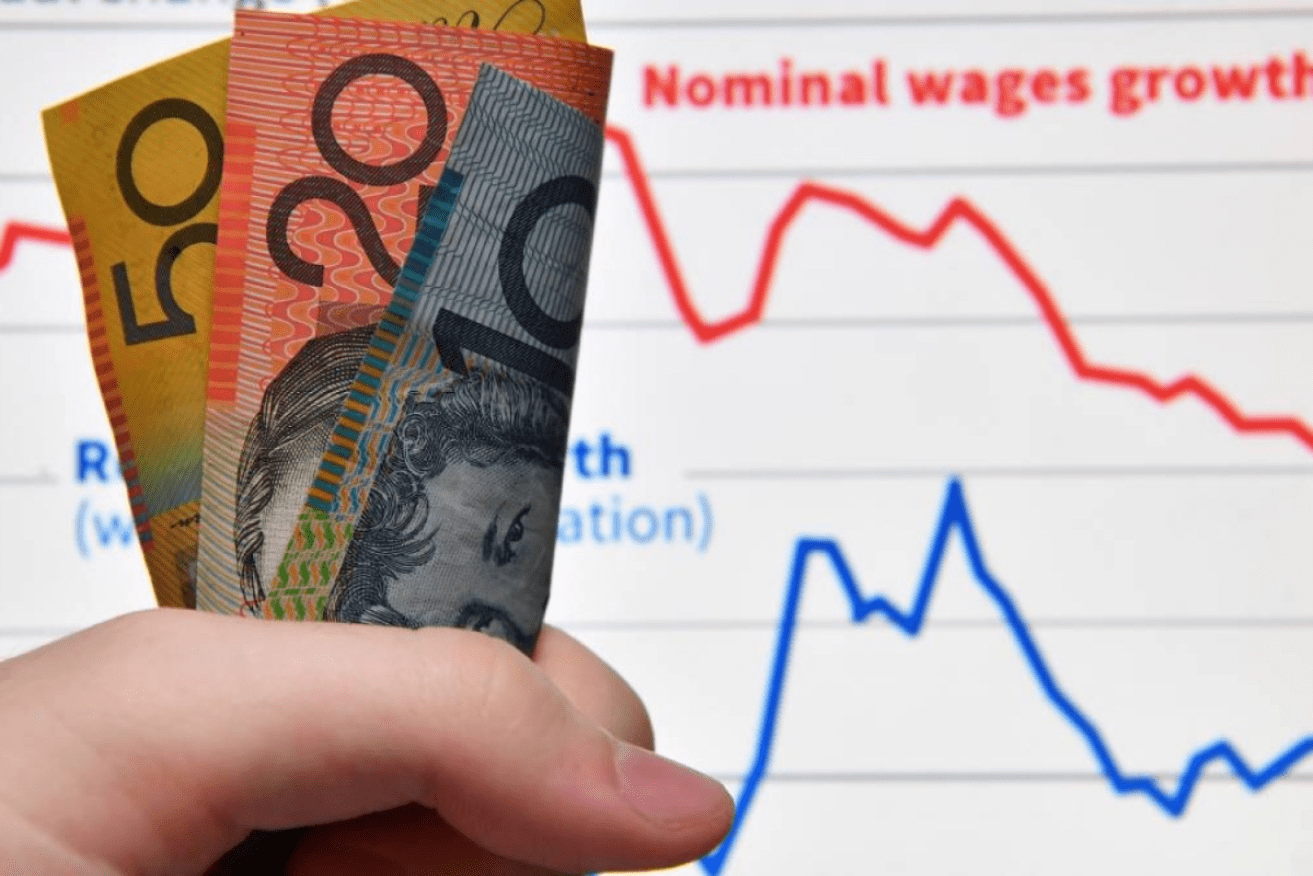Govt urges against sending low-wage workers backwards
Australians should get a wage increase to help them manage the cost-of-living crisis, the Albanese government says, as it moves to give people more relief.

The Fair Work Commission is preparing to decide on changes to minimum wages and awards. Photo: AAP
Tax cuts are not a substitute for much-needed wage boosts and Australia’s lowest-paid workers cannot have their pay go backward during a cost-of-living crisis, the treasurer says.
Labor will make its submission to the Fair Work Commission on Thursday before it decides on changes to minimum wages and awards during its 2023-24 wage review.
The industrial umpire raised wages by 5.75 per cent in June, citing a combination of low unemployment, falling wages and high inflation.
The government’s much-discussed tax cuts are expected to relieve some financial pain when they come into effect in July.
“These tax cuts … are designed to be in addition to any increase in award and minimum wages granted by the Fair Work Commission,” the submission says.
Treasurer Jim Chalmers said his government would recommend the Fair Work Commission ensured the real wages of Australia’s low-paid workers did not go backward.
“We don’t see cost of living relief as instead of decent wages growth, we want to see decent wages growth on top of the billions of dollars in cost of living relief that the Albanese government is rolling out,” he told ABC TV.
“One of the best ways that we can help people deal with cost living pressures, is to get wages moving again so people earn more and keep more of what they earn.”
Dr Chalmers said the economy had a “pretty rare trifecta” as unemployment was coming down, inflation was easing and wages were growing.
Under the government’s rejigged tax cuts, the lowest rate on income tax will be dropped from 19 to 16 cents in the dollar, meaning workers will pay less on the first $45,000 they earn.
The second tax rate will be reduced from 32.5 to 30 per cent for people earning up to $135,000, and the 37 per cent rate for people earning more than $135,000 alongside the top tax rate of 45 per cent will kick in at $190,000 rather than $180,000.
Economic conditions have improved in recent months, with employment remaining at historic lows, inflation moderating to a two-year low at 4.1 per cent and annual real wages growing 0.1 per cent through the year to the December quarter.
Inflation remains above the Reserve Bank’s target band and the worst of the economic challenges are still borne by low-income Australians, the government’s submission warns.
“Low paid workers and their families are particularly affected by cost-of-living pressures because they typically do not have savings to draw on to cover rising costs,” its submission says.
But the government submission does not suggest wages should automatically increase with inflation across the board.
In the long term, productivity should be the key driver of real wage growth.
The Fair Work Commission is expected to make its decision later in 2024.
– AAP




